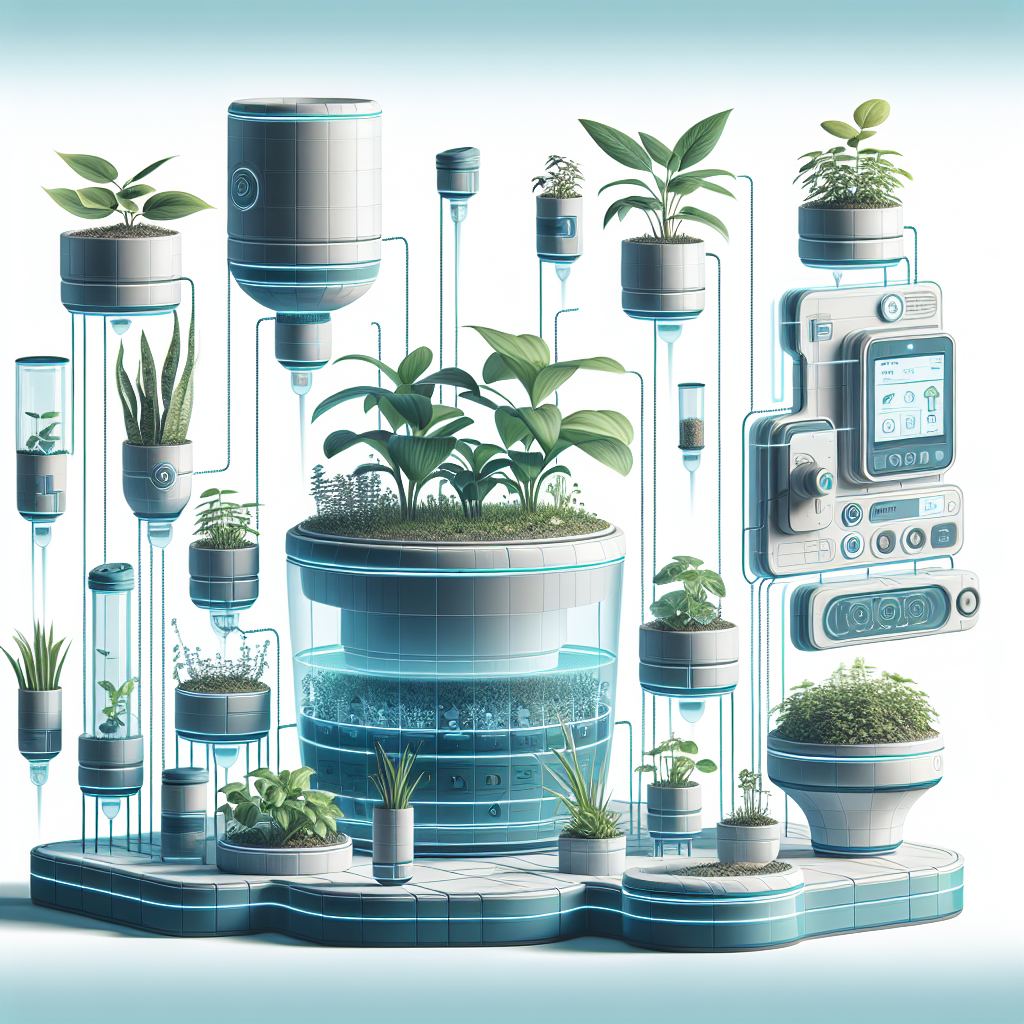Container gardening is a versatile and popular practice that allows individuals to cultivate plants in confined spaces, such as patios, balconies, or even indoors. This blog post will provide a detailed exploration of container gardening, covering various aspects from container selection to maintenance and design. By the end of this article, readers will have a thorough understanding of the importance, benefits, and best practices associated with container gardening.
Importance and Benefits
Container gardening offers numerous advantages, especially for urban dwellers or those with limited outdoor space. According to horticulture expert Anna Hackman, "Container gardening allows city dwellers to enjoy nature in small places, adds beauty to urban spaces, and provides a sense of accomplishment." The ability to control soil quality, water distribution, and sunlight exposure also contributes to higher plant health and productivity.
Container Selection
Selecting the right container is crucial for the success of a container garden. Materials like terracotta, plastic, metal, and wood each have their advantages and considerations. For instance, terracotta pots are porous and provide good aeration for plant roots, while plastic pots retain moisture better. Horticulturist Mary Smith emphasizes that "Drainage is key when choosing a container. Make sure there are enough holes at the bottom to prevent waterlogging, which can lead to root rot."
Soil and Plant Selection
Choosing the proper soil mix is essential for container gardening. Experts recommend using a high-quality potting mix that provides good drainage and aeration. When it comes to plant selection, consider the mature size, light requirements, and growth habits of the plants. Landscape designer John Green advises, "Select plants with similar water and light needs to ensure they thrive together in the same container."
Watering and Fertilizing
Watering techniques play a crucial role in container gardening. Overwatering can lead to root rot, while underwatering can stress the plants. It's important to monitor the soil moisture regularly and adjust the watering frequency accordingly. Fertilizing is also vital to replenish nutrients that may leach out of the soil over time. Horticulture specialist Sarah Brown cautions, "Avoid over-fertilizing, as this can harm your plants. Follow the instructions on the fertilizer package and adjust based on plant growth."
Maintenance and Care
Proper maintenance is key to a thriving container garden. Regular pruning and deadheading help promote plant growth and flowering. Pest and disease management are also crucial aspects of care. Horticulturalist Liz Adams suggests, "Inspect your plants regularly for pests and diseases. Early detection and treatment can prevent extensive damage to your container garden."
Design and Layout
Creating visual appeal is an important consideration in container gardening. Utilize different plant heights, colors, and textures to design eye-catching arrangements. Vertical space can be maximized by using trellises or hanging planters. Including focal points like sculptures or birdbaths adds interest to the garden. Landscape architect Michael White advises, "Think about the overall design of your container garden. Consider color schemes, plant combinations, and seasonal variations for a cohesive look."
Case Studies
Looking at successful container gardens can provide valuable insights for your own projects. For example, the rooftop garden at the Metropolitan Museum of Art in New York City showcases a stunning display of plants in various containers, demonstrating the beauty and versatility of container gardening. Learning from notable projects helps expand your knowledge and skills in this horticultural practice.
Implications and Conclusion
Container gardening has significant impacts on urban spaces, contributing to greener environments and improved air quality. The practice promotes sustainability by utilizing limited resources efficiently and reducing carbon footprints. As more people embrace urban gardening, container gardening is expected to continue growing in popularity. Embracing container gardening not only benefits individuals but also has positive effects on the community and the environment.
Call to Action
To further engage in container gardening, consider joining online communities or local gardening clubs to exchange tips and experiences with fellow gardeners. Researching additional resources and seeking expert advice can help enhance your container gardening skills. Share your container gardening experiences on social media or blogs to inspire others to explore this rewarding horticultural practice.
Topics




